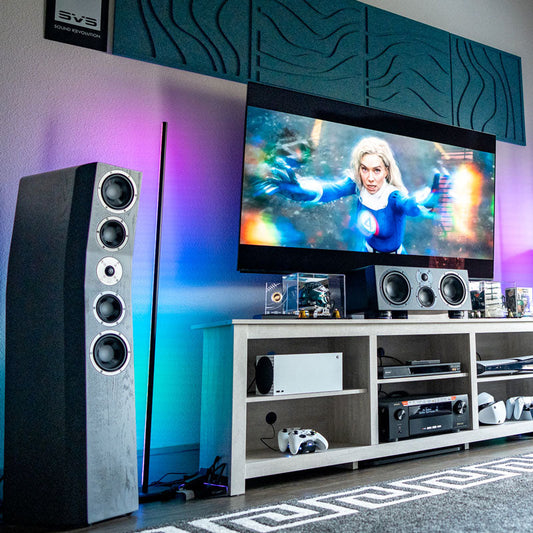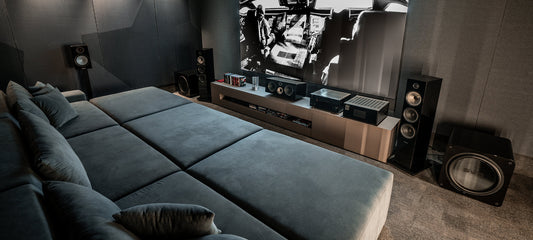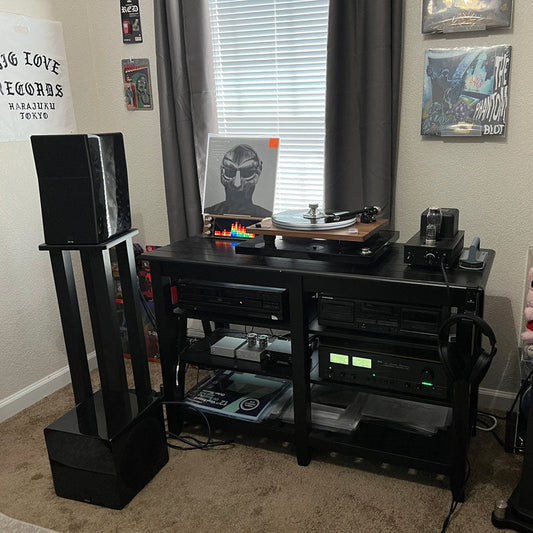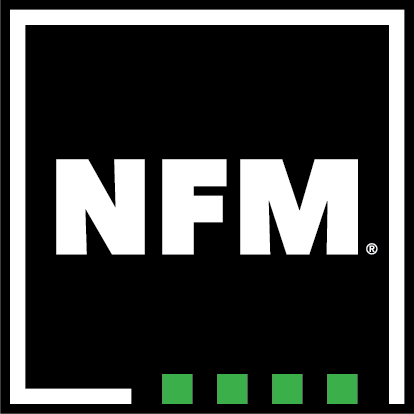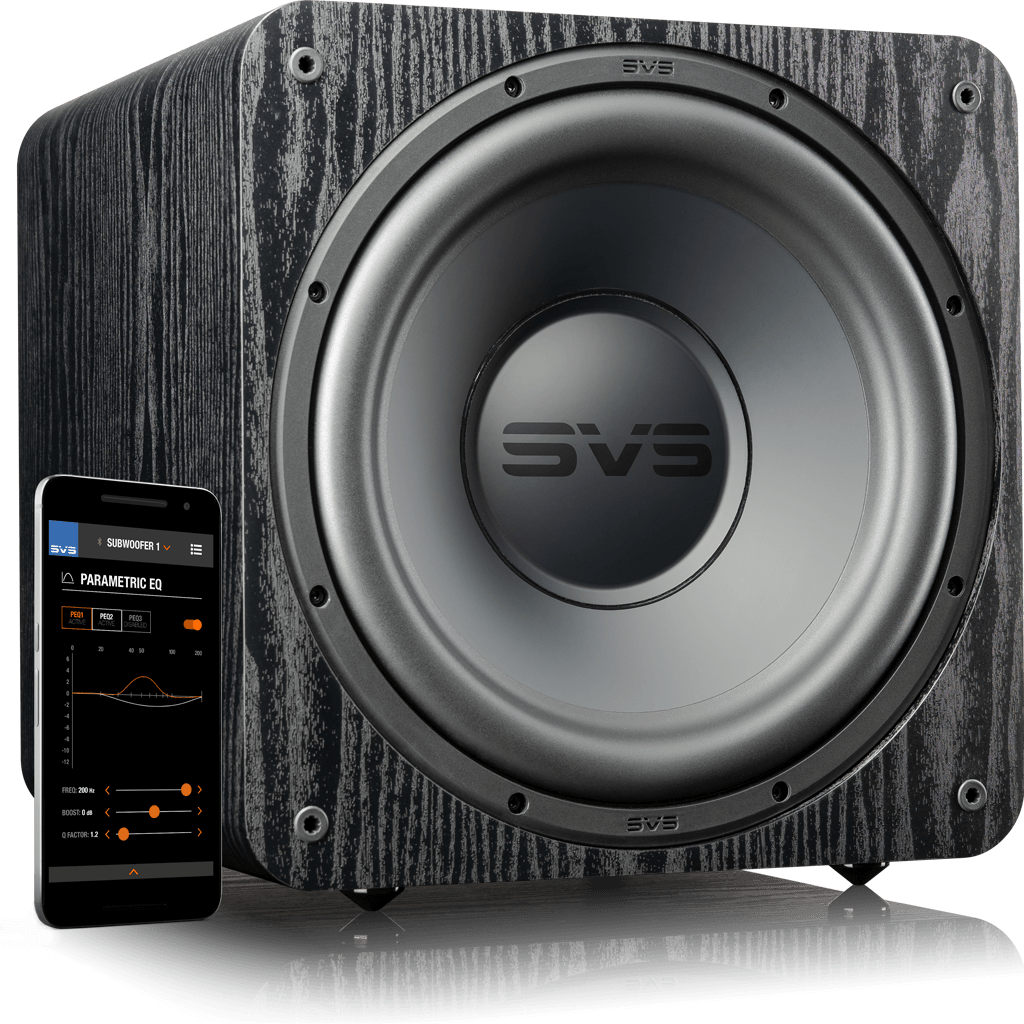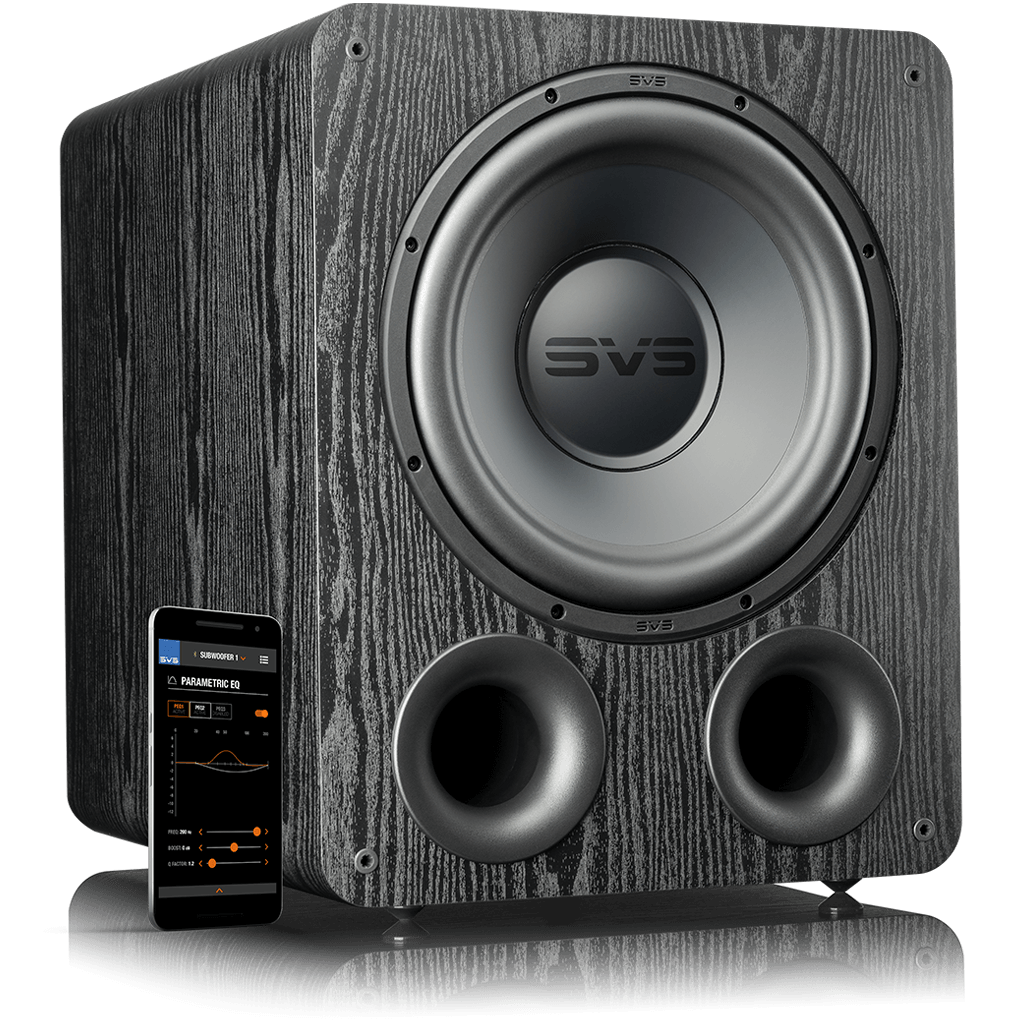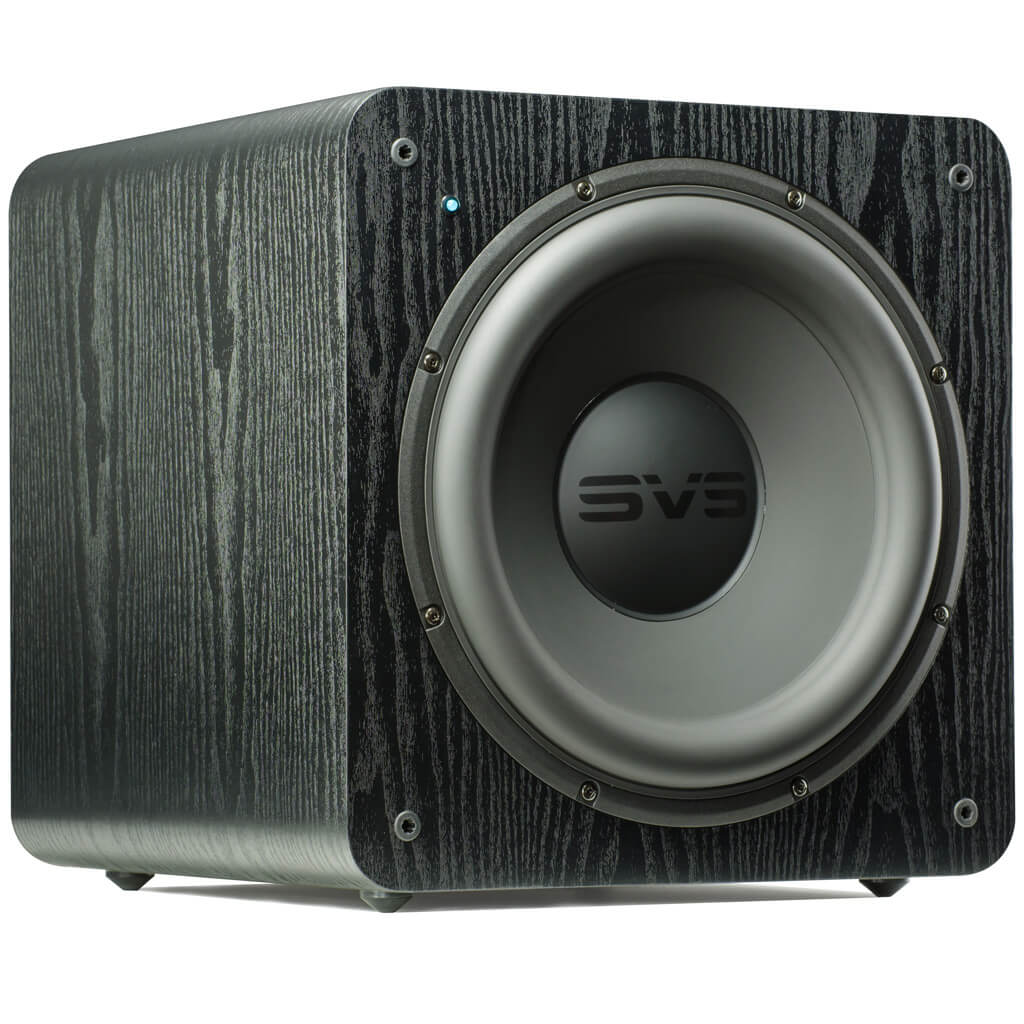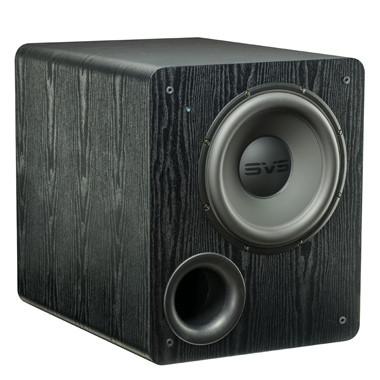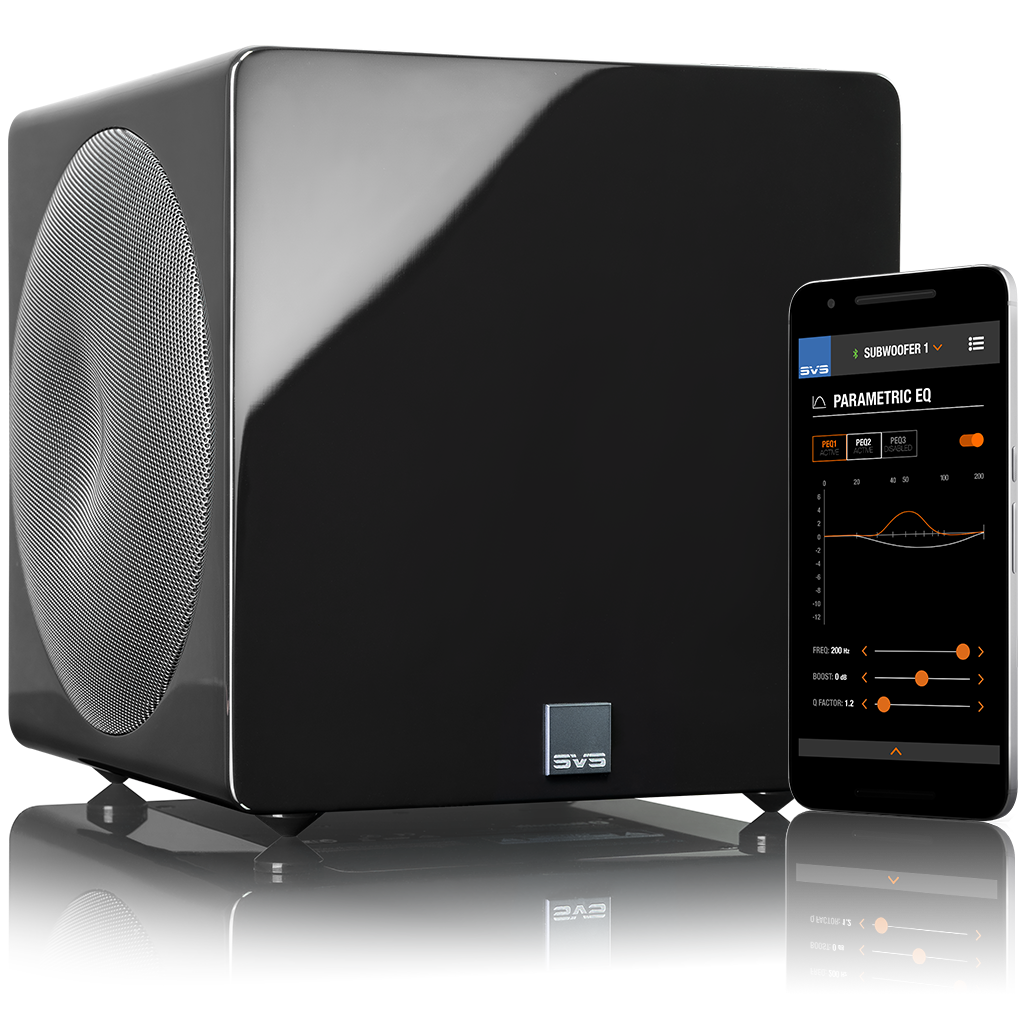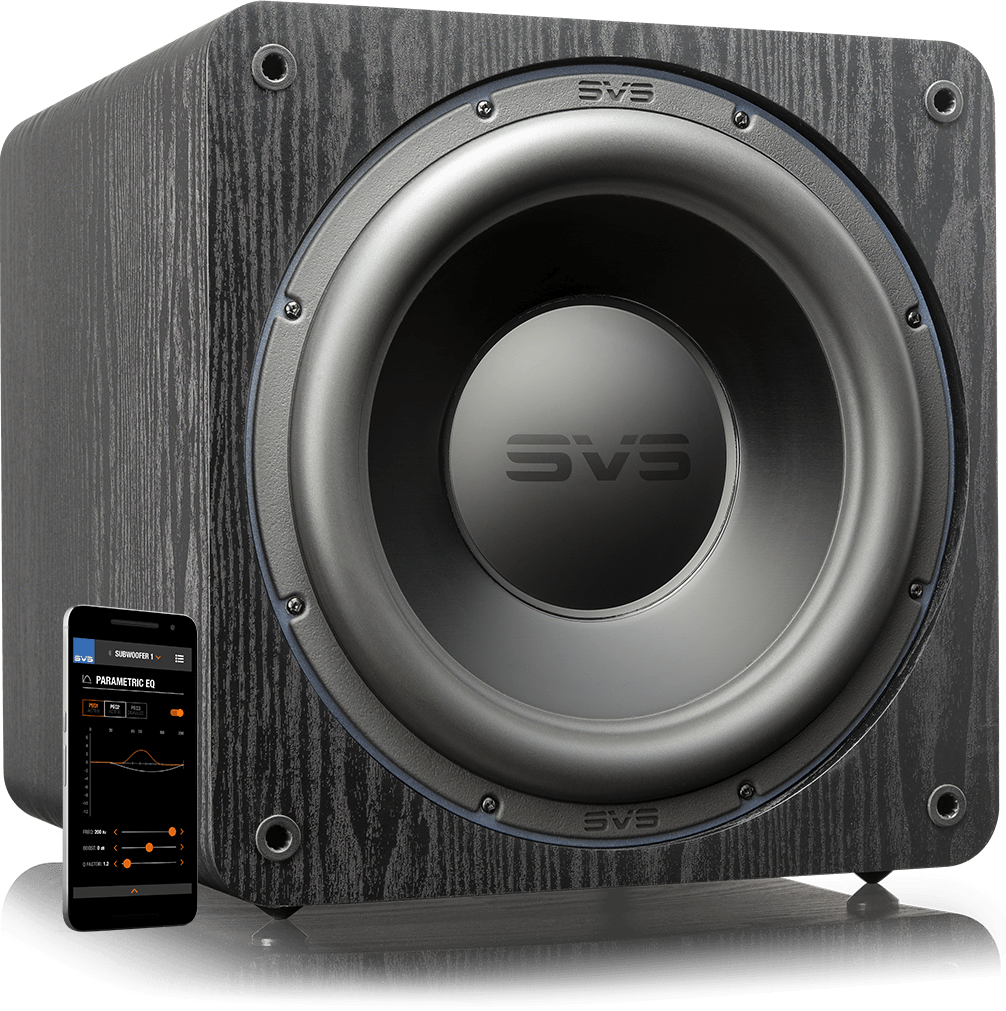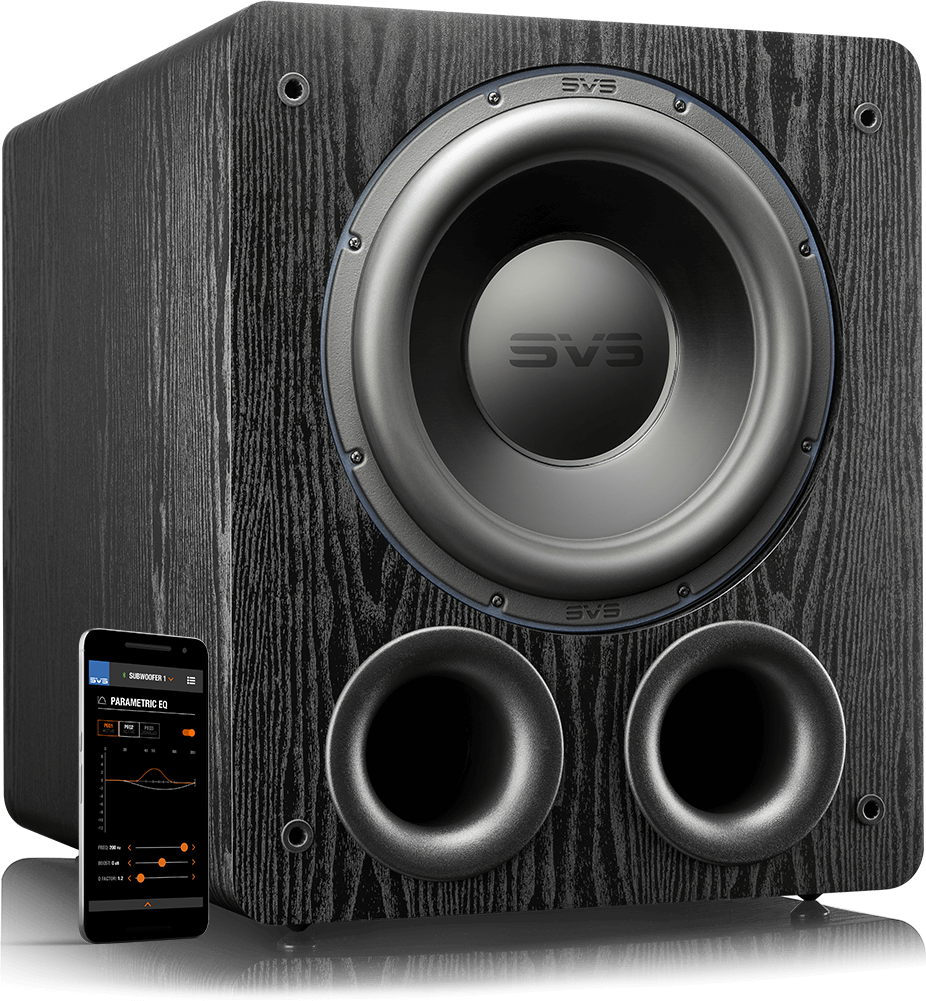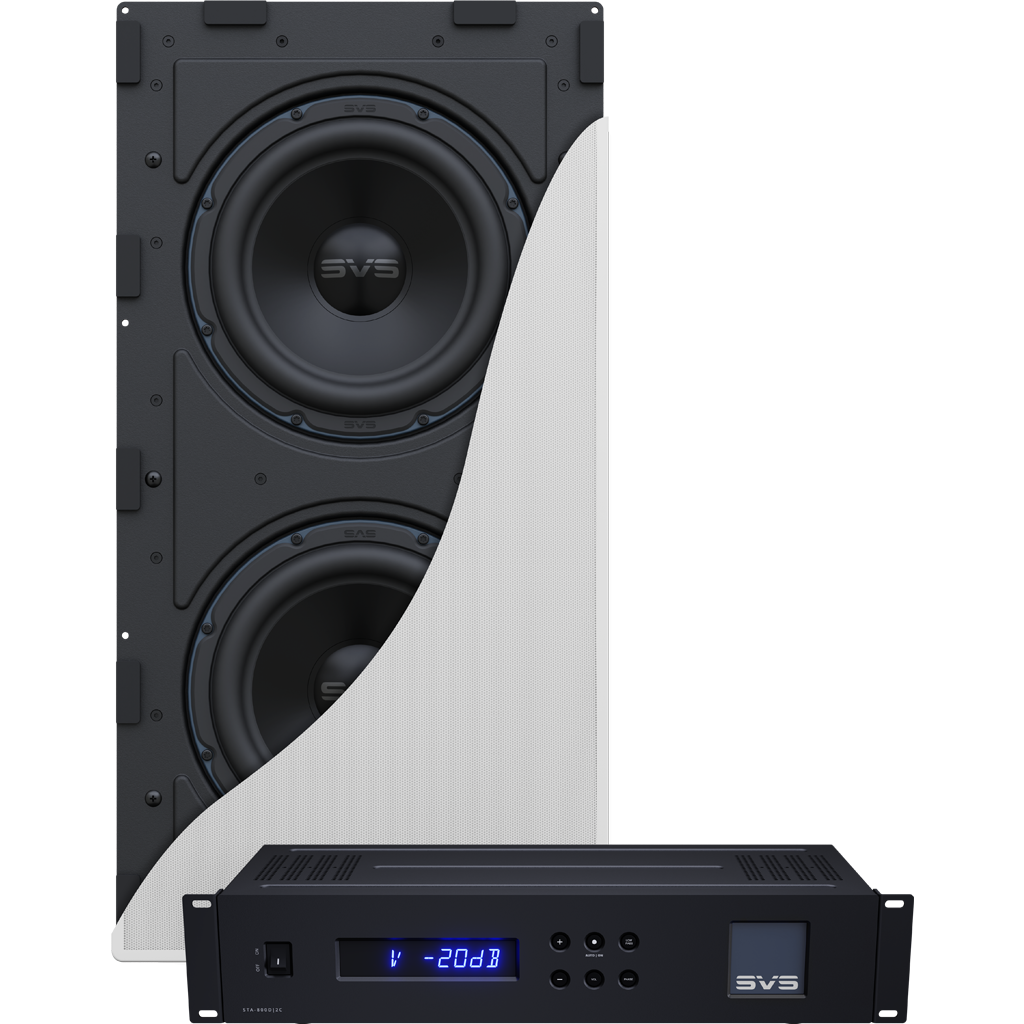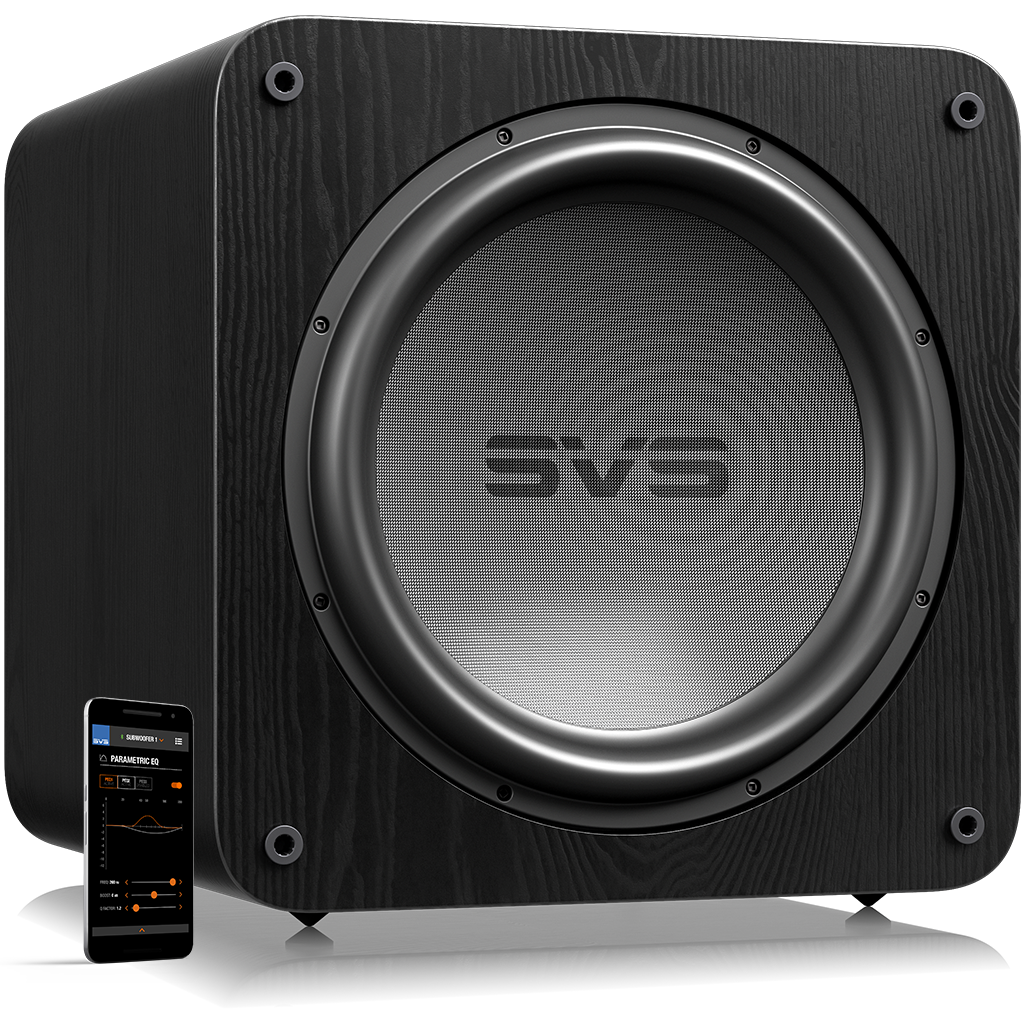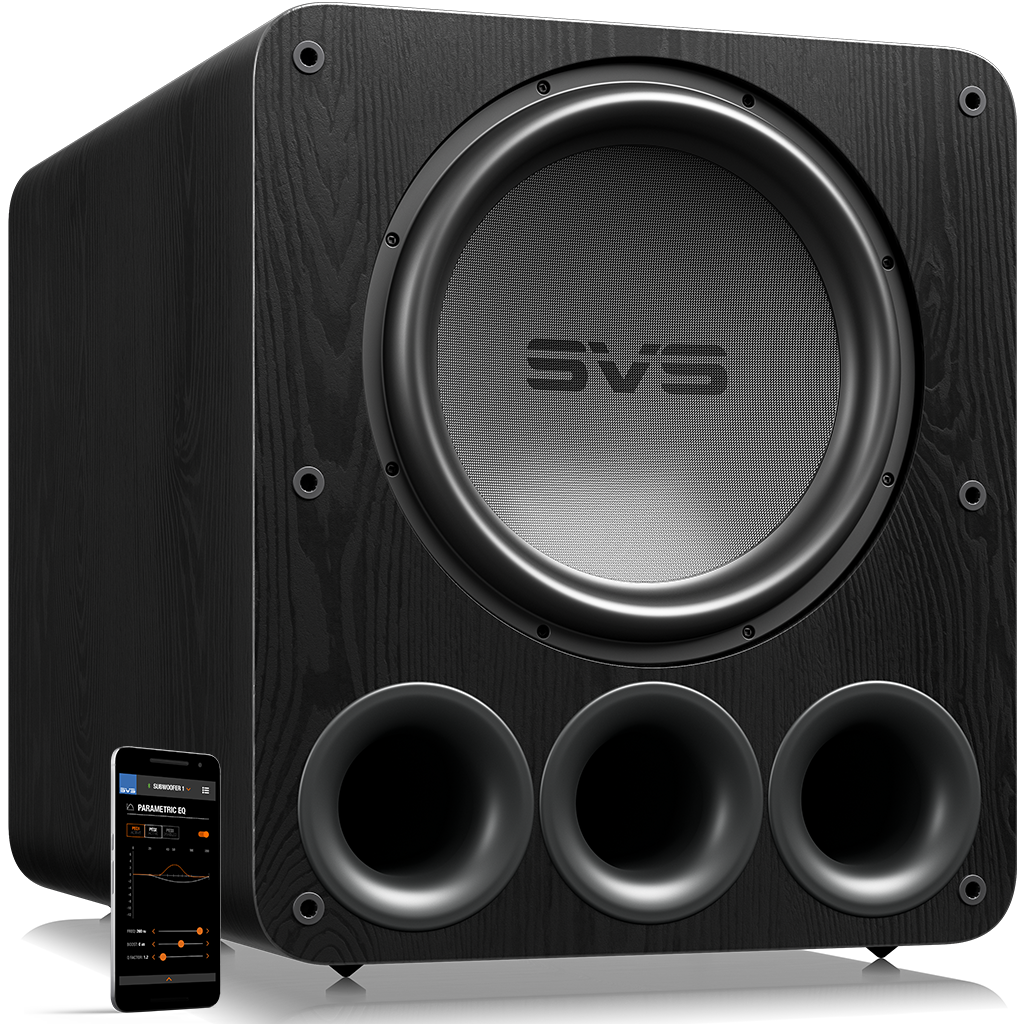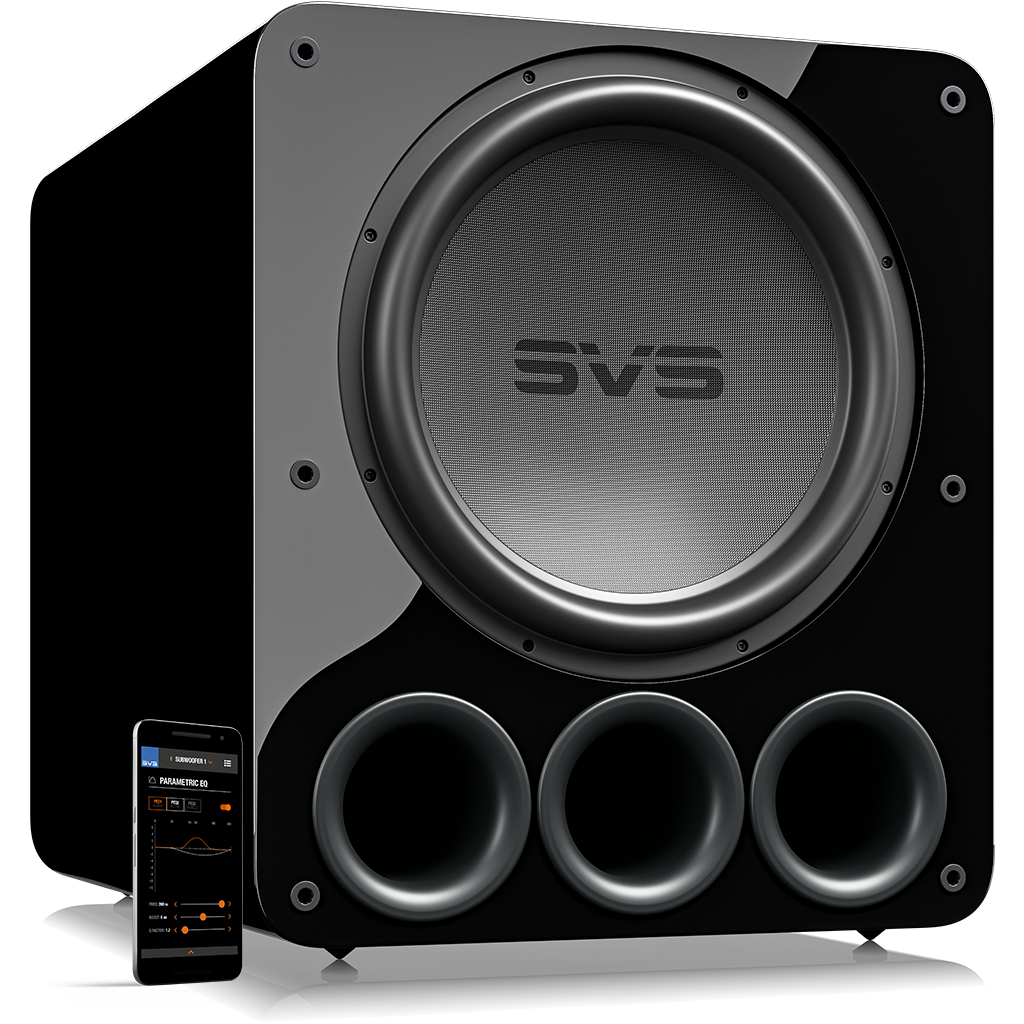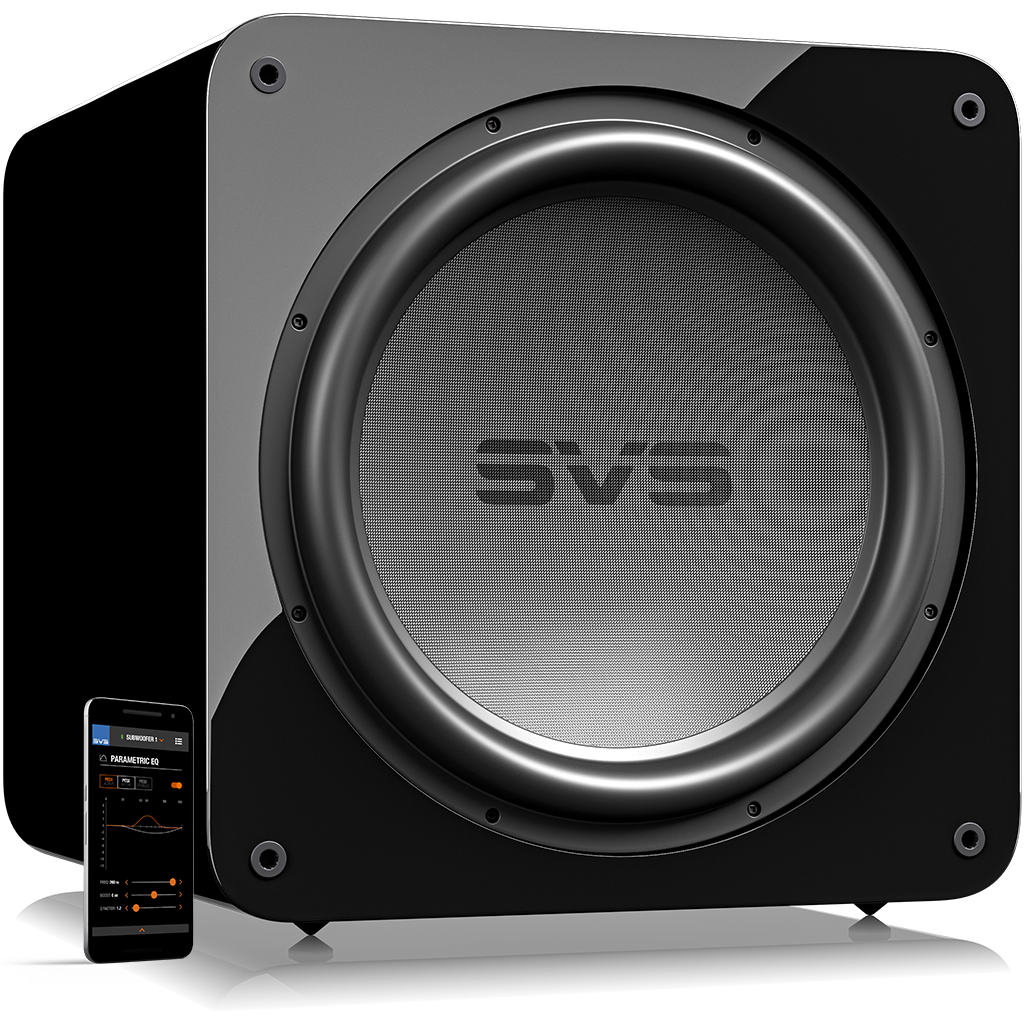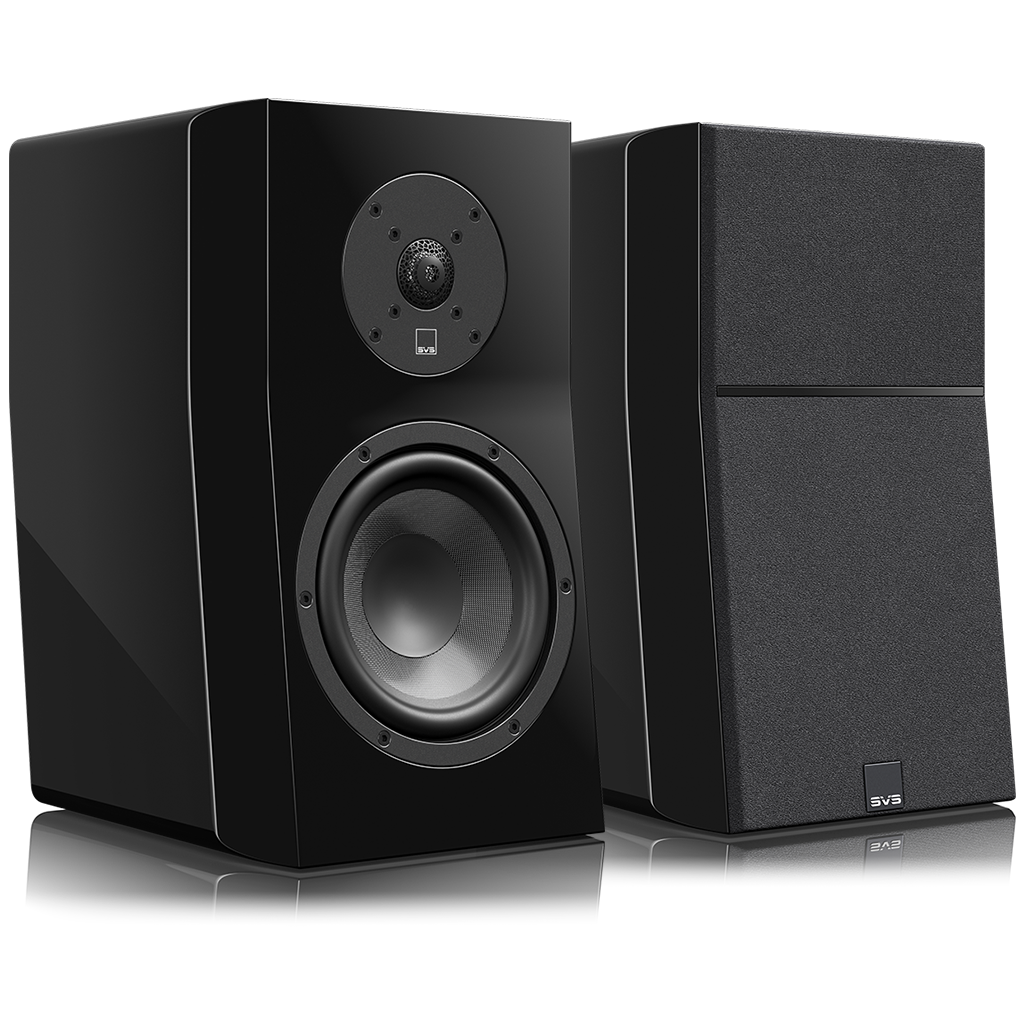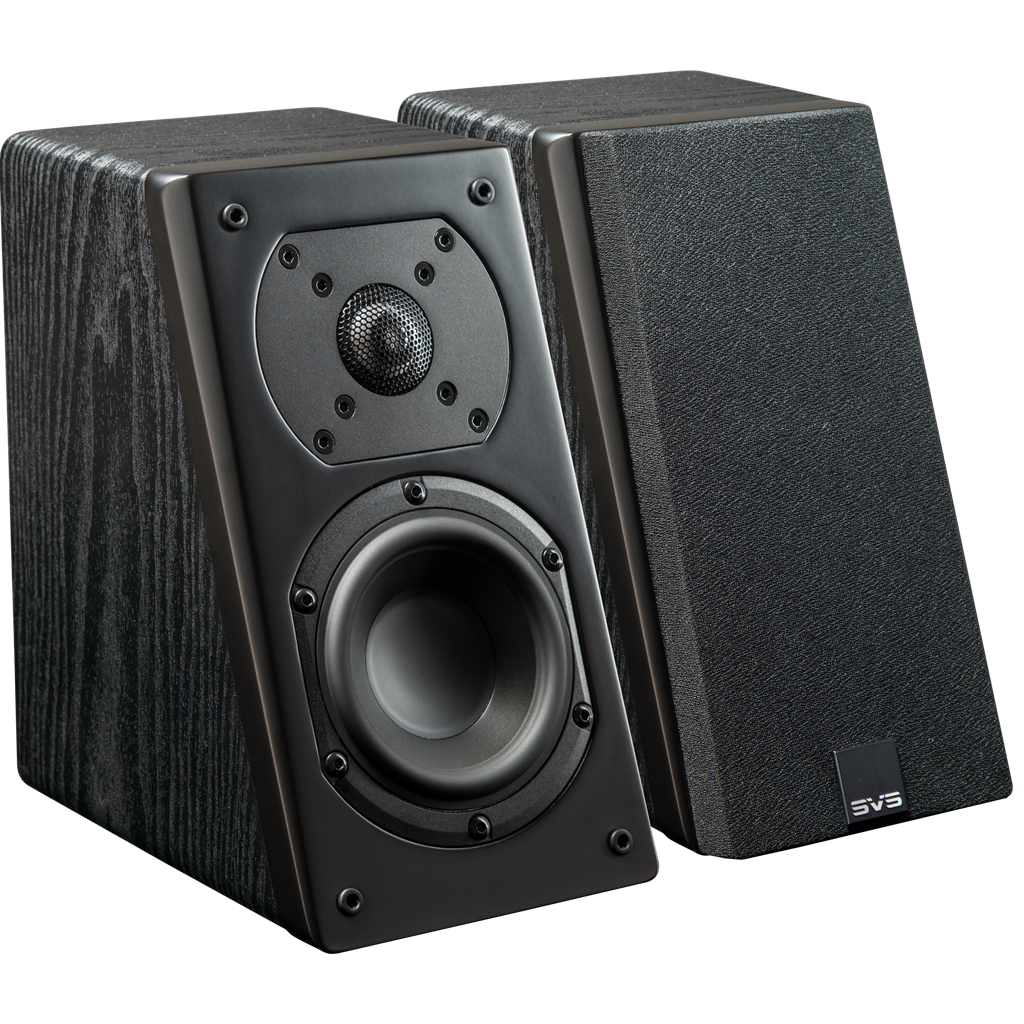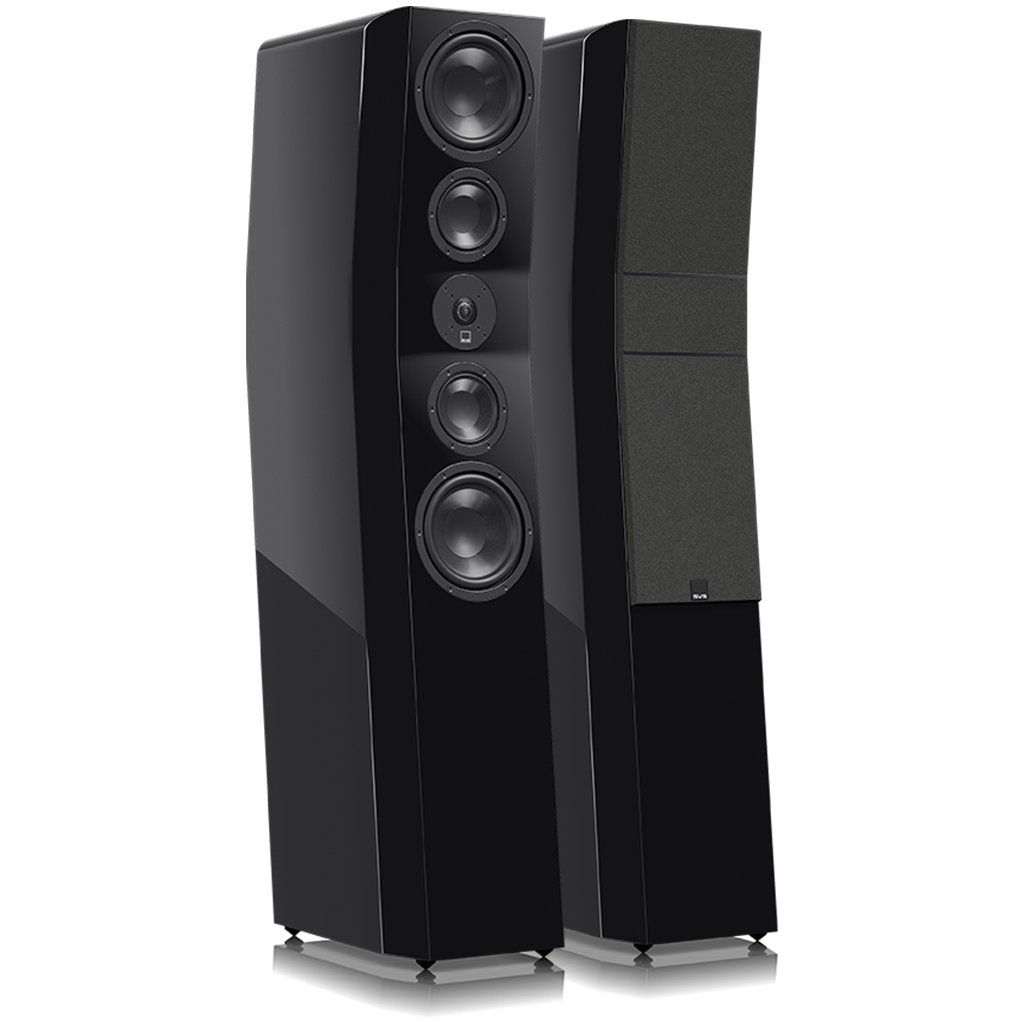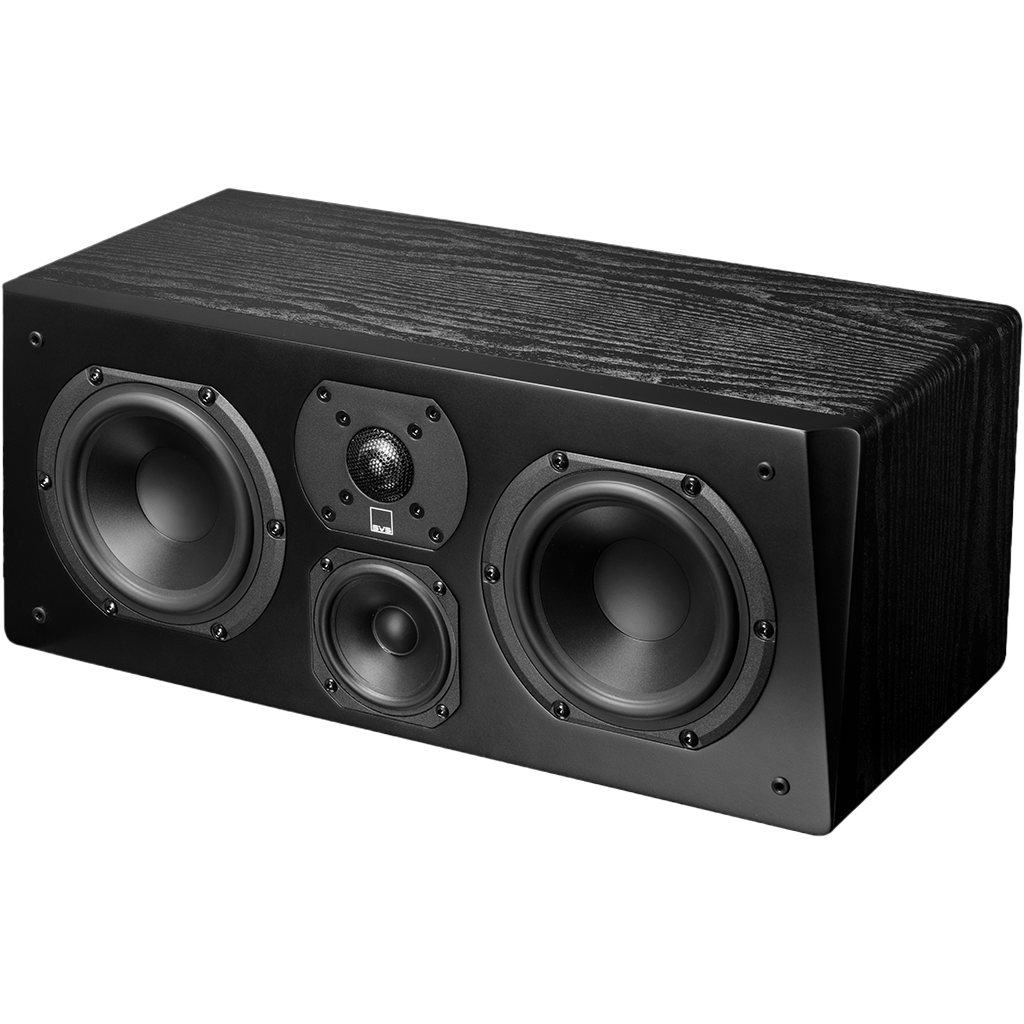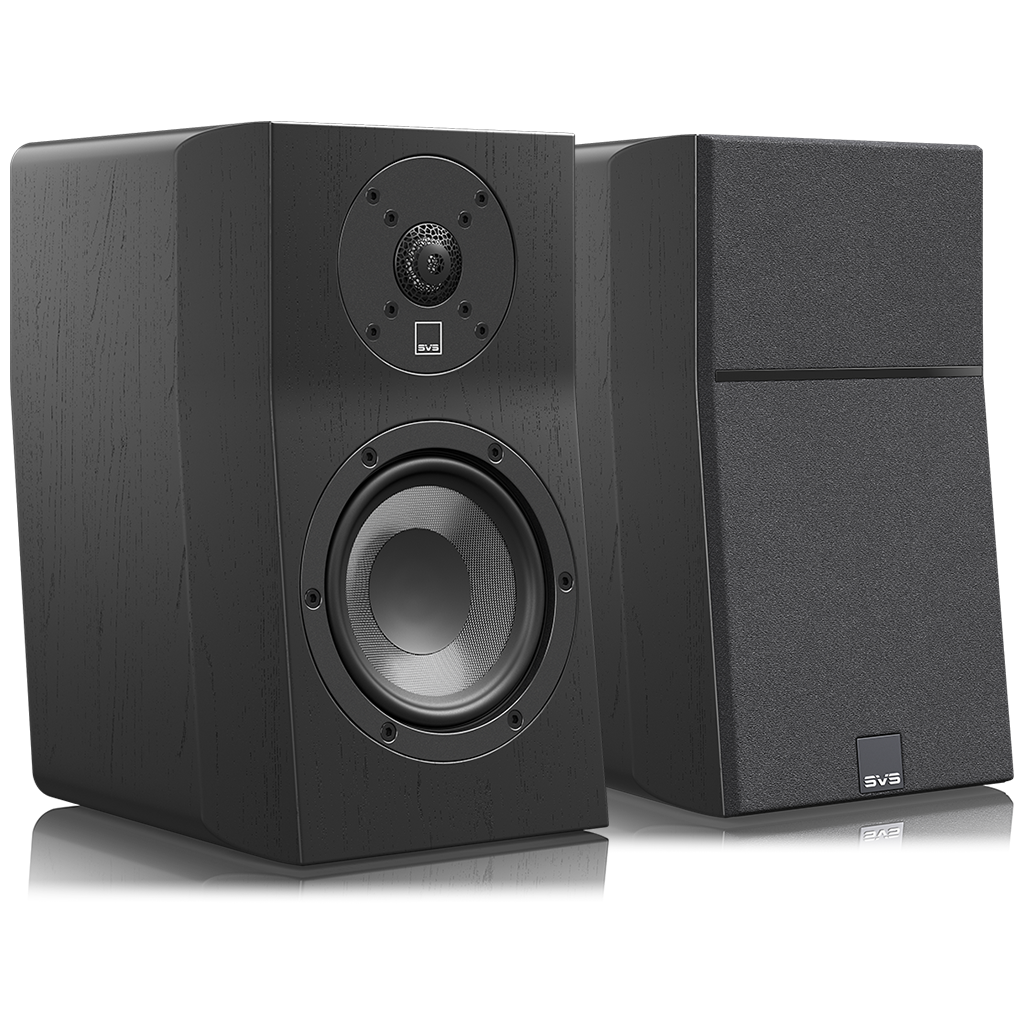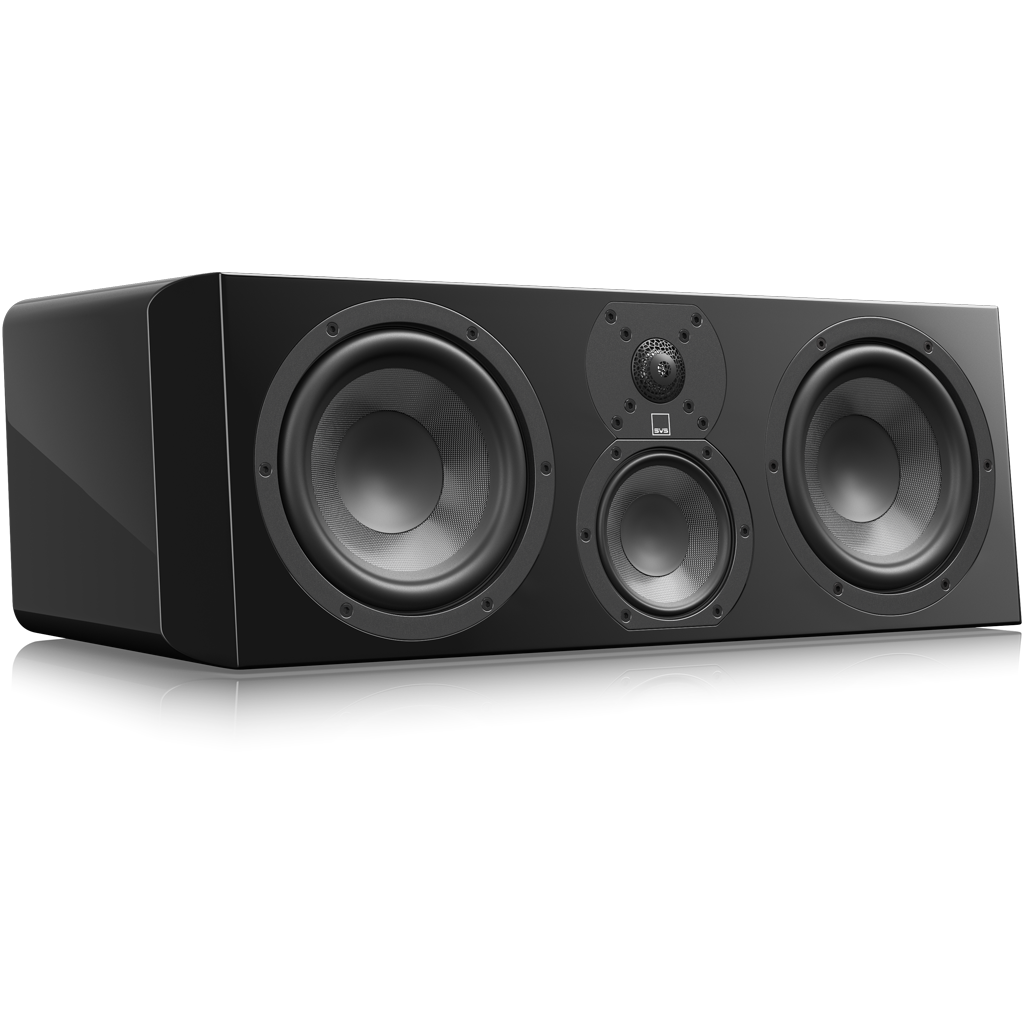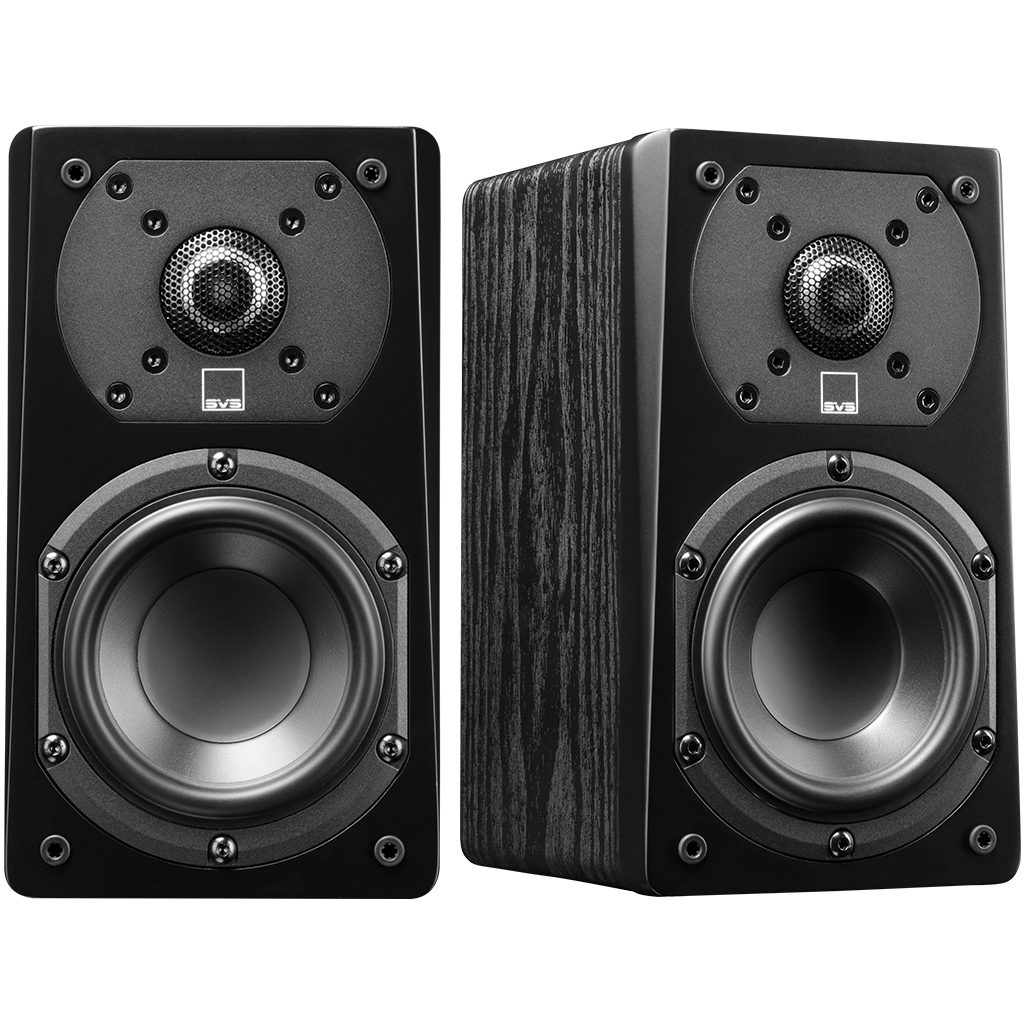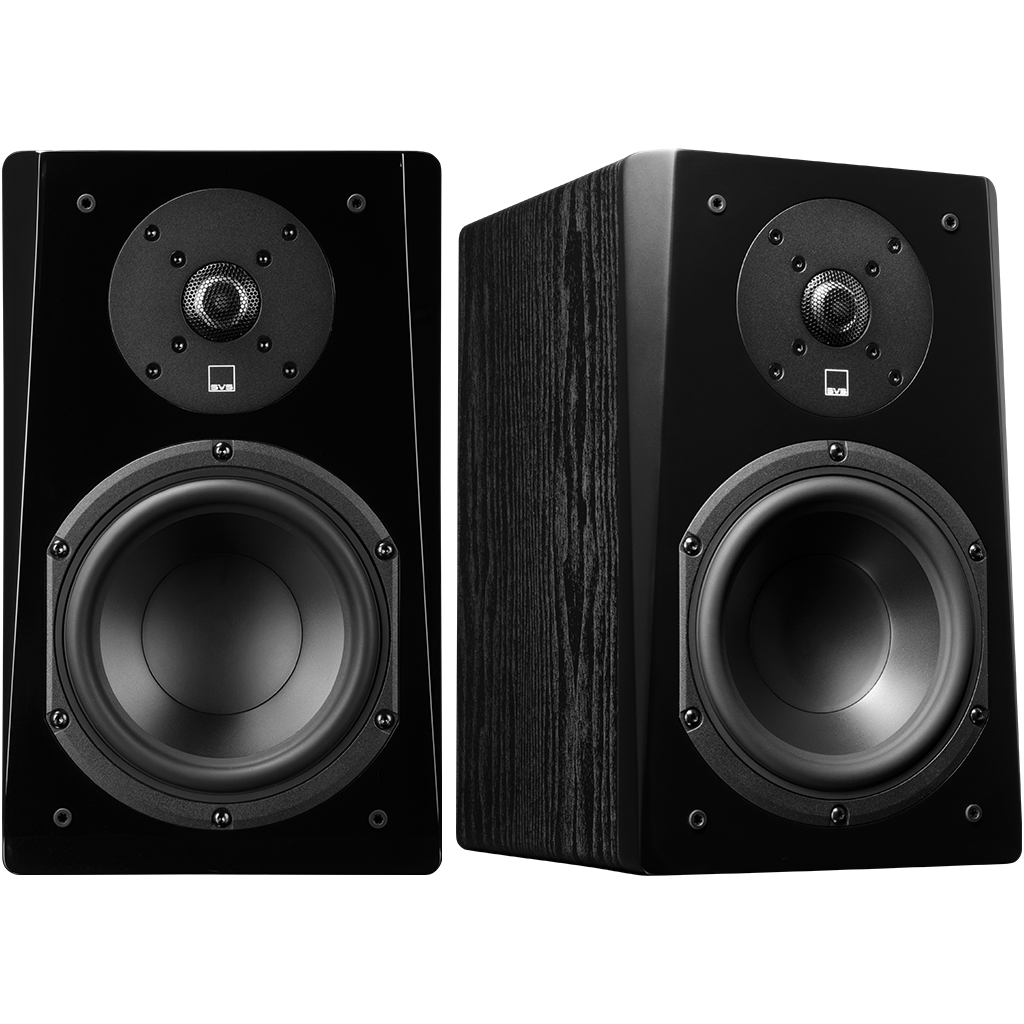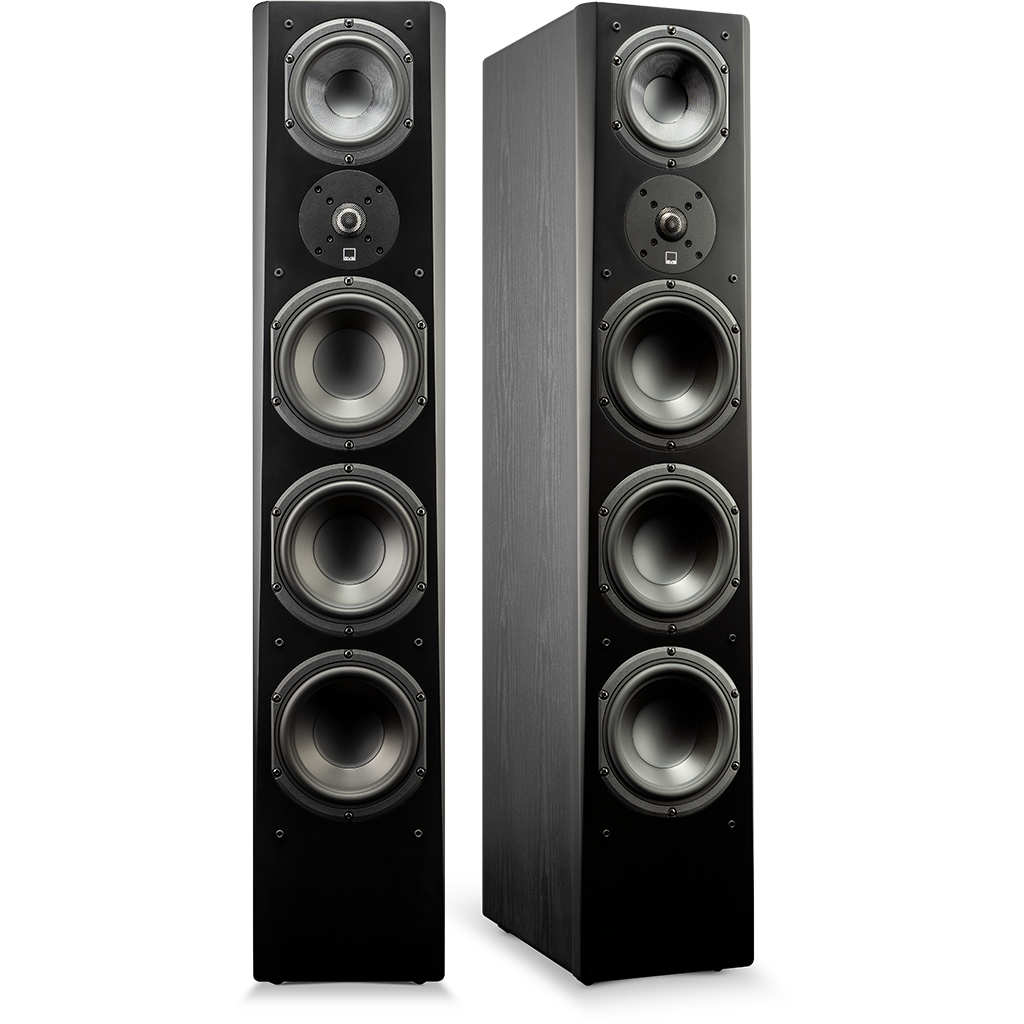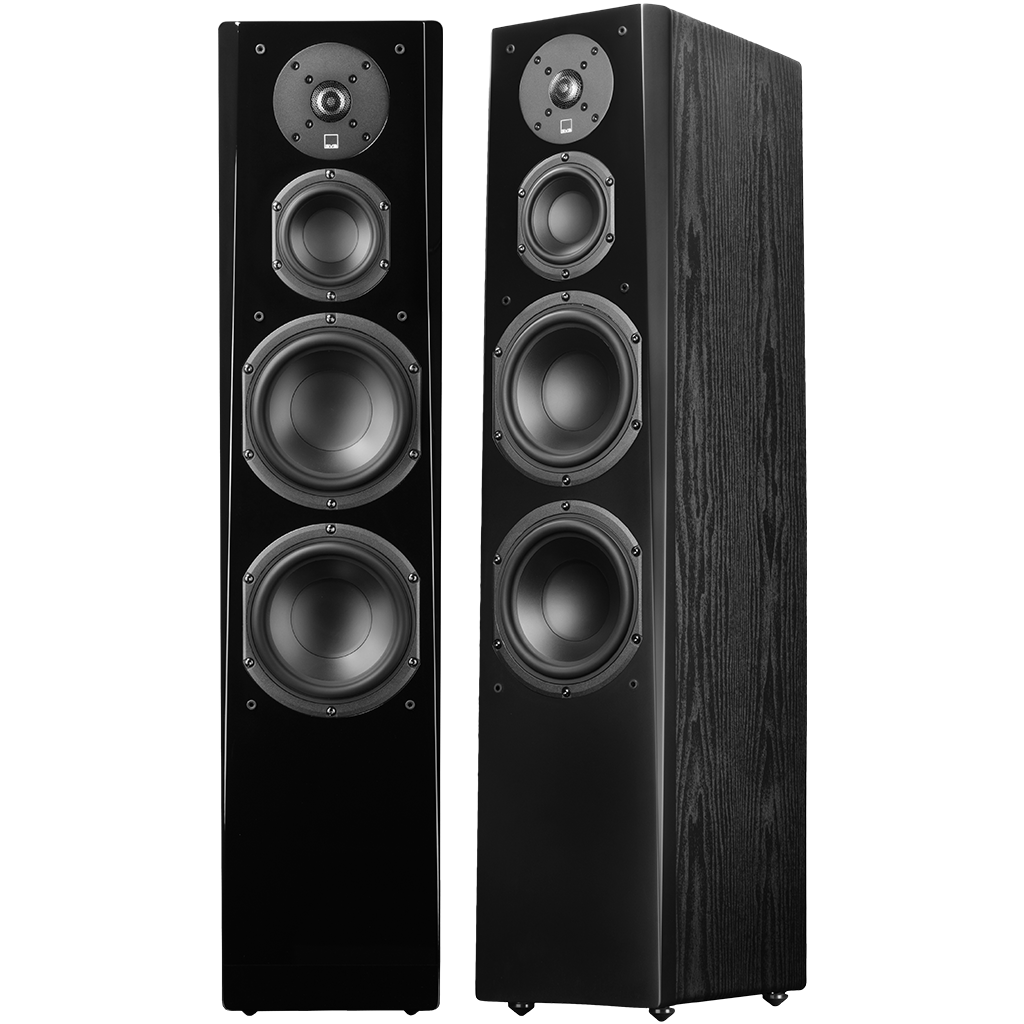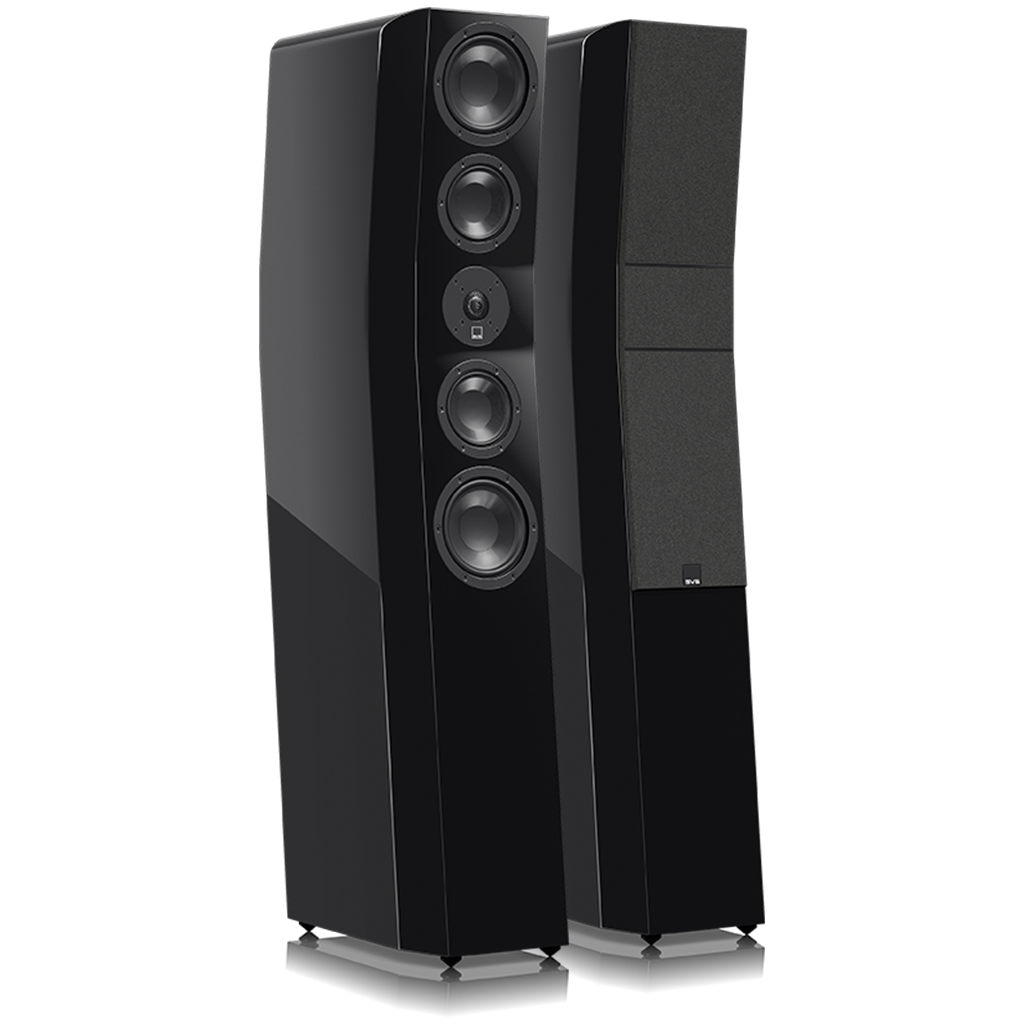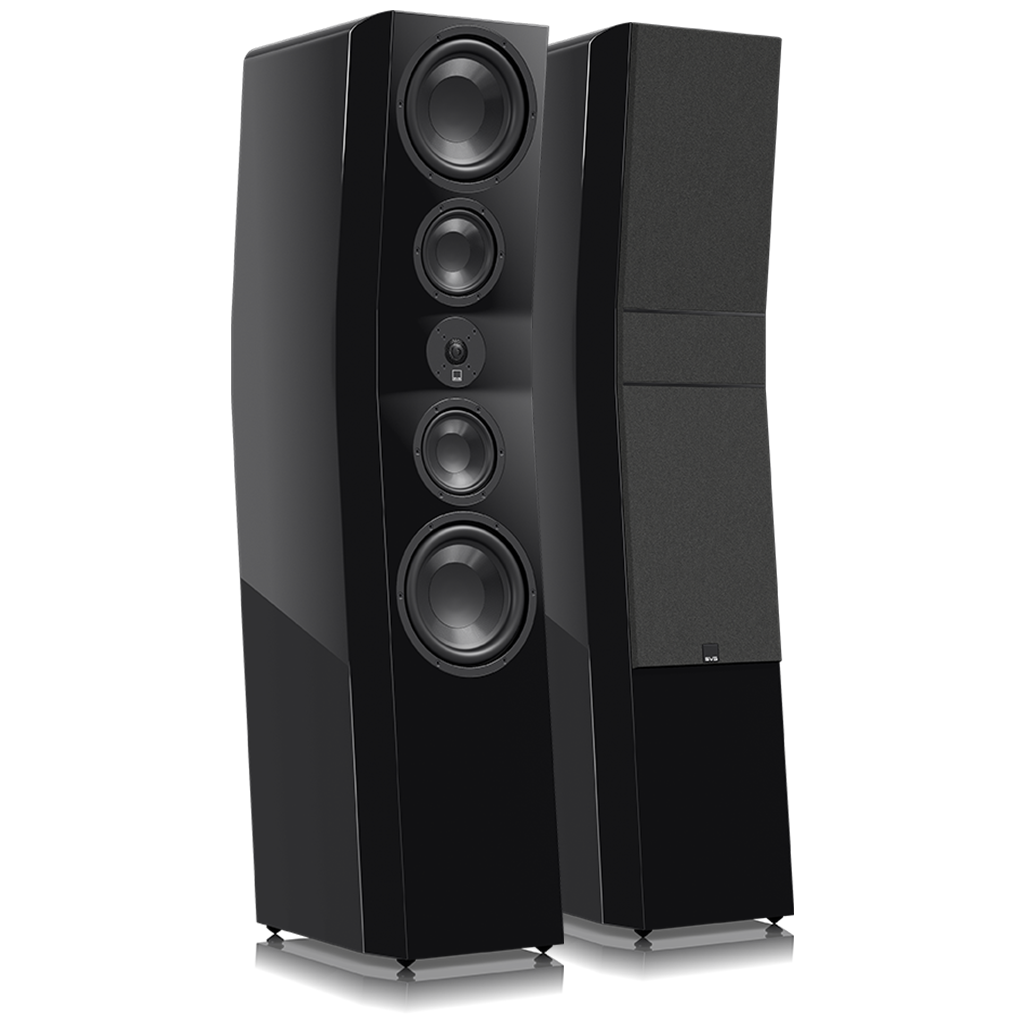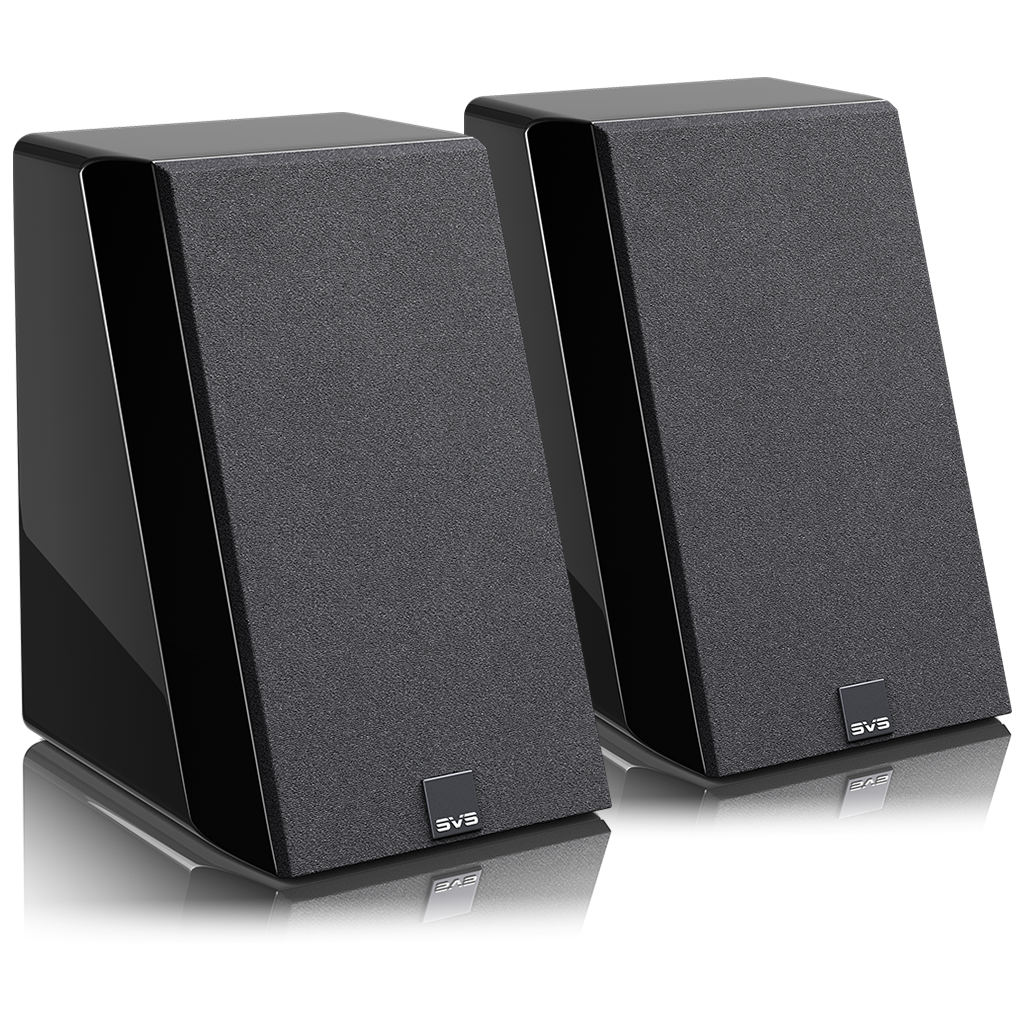Founder of Raygun Recording Studio in Michigan Details How Dual SVS SB-1000 Pro Subwoofers Redefined the Low End of His Music Mixes
Jake M., in San Antonio, TX
From DIY beginnings in his basement to running the acclaimed Raygun Recording Studio in Kalamazoo, MI, Chris Frankhauser has carved out a reputation for capturing the raw energy of punk, rock, synth, and metal bands while elevating their sound with refined low-end detail. As a guitarist, songwriter, and audio engineer, Chris combines decades of experience with a relentless drive to improve his craft—an ethos that resonates deeply with the team at SVS.
In this exclusive interview, Chris shares how incorporating dual SVS SB-1000 Pro subwoofers into his mixing chain unlocked new creative possibilities, improved mix translation, and gave him the confidence to explore more dynamic and bass-rich projects.
From his work with Michigan-based acts like Lucius Fox, Supergrudge, and Blisshead to his own bands No Sympatico and Glassgod, Chris proves that accurate bass isn’t just about thump—it’s about truth, impact, and physics.
Questions And Answers:
Please provide a little background on your work as an audio engineer (or share links):
I’ve been a guitarist and songwriter since I was 13, recorded at studios here and there over the years, and wasn’t always thrilled with the result. I have a super strong DIY ethic and started recording my own band in my basement. The bug bit me, and after another band asked me to produce and record their debut album, I decided to make my space available (Raygun Recording Studio – Kalamazoo, MI) for recording and mixing. I learned as I went, adding new gear and upgrades to the studio along the way.
I’ve been going via word of mouth ever since, with only Facebook and Instagram pages (website will be in the works soon – raygunrecordingstudio.com). I spent a good amount of time with my mix desk in my living room (thanks to my wife’s gracious support). During the pandemic I used the time to build out a Balanced Non-Environment control room in my top floor and have been steady ever since.
Here’s a small selection of my work
How are the SB-1000 Pro subwoofers being used in your studio?
I’m using a pair of them, low-passed at 80Hz with my mains high-passed at 80Hz. The best testing position overall was lined up with my main drivers, both under my console. They’re set to a volume level that just extends the low frequency of my mains; frequency response is +/- 3db down to 20Hz with a few minor exceptions. If a little extra low end is desirable, I can easily bump subs up with the app, but for my purposes, I leave them even with the mains. They’re never working hard and have a LOT more volume on tap than I ever need.
As it sits, I can’t hear where they begin and my mains end, which is the goal. The dialogue about subwoofers has started to shift, so there are more folks speaking of the benefits of them and dual subs in particular, but for years I’d been warned off of even trying them out. People would say it was hard to do and would make things worse. I’m glad to say it was the exact opposite. Straightforward, easy, and a HUGE improvement in my monitoring chain.
Why are bass and low frequencies important to the work you're doing and your personal enjoyment of music?
I’m often recording and/or mixing punk, rock, progressive, and metal, but these genres still have keys, bass drops, and 808s. Modern low end tends to be big. Getting a hip hop project to mix was the final factor for me in my decision to purchase. Many of the folks doing hip hop are absolute geniuses when it comes to texture, distortion, bottom end, etc. Incredibly creative stuff. If I want to do likewise, I gotta hear it clearly.
A client could want a focused low-end or something huge and expansive, either way, I need to be able to hear the details to make good mix decisions. The mains I’ve been using for almost 20 years are flat down to 40 Hz by spec, but they have a passive radiator, which meant some time domain inaccuracies, which I worked with for a long time. I didn’t realize how much it affected how I mixed. Despite the room testing well frequency-wise, I’d find my mixes bass light, meaning frequent car checks. Since incorporating the subs, when I go out to the car to listen to my mix, the decisions I’ve made translate. Which was great, because my relative low end is about the same volume-wise, it just extends lower.
Side note: Even though I don’t have the subs set up to exaggerate the low end, it’s just straight up awesome to listen to music with them. Bass is punchy, tight, and accurate. There are many artists and bands who are wizards with low end, and it’s cool to actually hear what they’ve done. I listen to a fair amount of synth-focused music; that stuff is amazing to listen to with subwoofers.
What did the process of integrating the subwoofers into your system include?
I took my time to try different positions for the subs and various ways to hook them up. It’s worth trying unorthodox spots; it just so happens that my best overall was with both subs under my desk. One sub in the corner was dead flat, but putting the other one on the opposite side completely threw that out. As did putting them both in the same corner.
Almost all of my gear is balanced +4 line level, and when I’ve used unbalanced -10 gear, all I need to do is make a specialty cable and watch my levels. I have a lot of stuff in my setup, and the way my interface balances the signal isn’t exactly compatible with the sub inputs, so I ended up with a ground loop. This isn’t a defect of either, just an issue of compatibility between signal types. To solve this, I used a pair of high-quality 1:1 isolation transformers to connect the gear. Worked like a treat.
I work at reasonable levels, but the inputs on the subs can take +4 signal provided you don’t exceed the mV limit, so I can crank things up if a client is over. Some patience and experimentation, along with room measurements in Room EQ Wizard or Fuzzmeasure are key.
Is it true that low frequencies are often the hardest things to get "right" when mixing/mastering music? Why?
Yes, I’d say in my experience that’s true, that and getting vocals right. Midrange is most important in a mix, but low end is the foundation. I’d say the challenge with the bottom can likely be put down to room acoustics, and monitoring chain.
It’s pretty easy to get top-end and mid-range frequency response and decay times in a room under control. When you’re getting into sub-bass, that gets more complicated and isn’t going to necessarily be solved by rock wool panels. And there’s also modal distribution, which, as I understand it, is driven by room dimensions and barrier materials.
You can have some serious challenges just due to your room dimensions. There’s also a lot of misinfo out on the ol’ internet about how to go about it. I hired someone to sort through all that. Believe me, the consultant would have liked it if I were able to change some walls! Many of us are working in less-than-ideal environments. The control room was the best piece of gear I’ve ever purchased, but I still have some acoustic challenges due to the room being relatively small.
Many studio monitors are ported or have passive radiators to extend low frequency response. From what I understand, this generally means extended decay times where the port is active. I recently saw a video demonstration of what this does all the way up the frequency spectrum, and I was surprised. Guitars, hi-hats, vocals, all were affected. I don’t know if it does something to the speaker itself or what. You can hear this clearly when demonstrated in a recording, but it’s much harder to perceive in person.
What you can end up doing in practice is overdoing EQ or messing up midrange balances. Even with a controlled low end in my room, my mixes tended to be bass-light, meaning frequent car checks. The clarity and headroom I gained in my mains by adding the subs has also led to much better decisions in the midrange. Even clients have noticed. I just completed a build on a DIY set of sealed 3-way studio monitors to push the time domain clarity further. I feel like mixing has just been more fun and that I’ve had more freedom to get creative, because I can quickly get the low end right, then have it show up the way I want it on other systems.
I don’t want to sound like I’m dogging on ports. Ports and passive radiators may even be more desirable for listening, especially in home theater, but for critical work, having accurate time domain information is crucial for my ear. There are many of my peers who don’t have any difficulty mixing on a ported speaker, I’m just not one of them. My results after adding the sealed subs were very much night and day in the ease of my work.
Any interesting projects you're working on or upcoming things you'd like to plug?
I’d be remiss if I didn’t plug my own bands first:
Punk: https://nosympatico.bandcamp.com
Metal: https://glassgod.bandcamp.com
For clients, it’s insane how many amazing bands we have here in Michigan, and that I get to work with some of them is a real privilege.
I recently completed an album with an incredible 2-piece progressive instrumental band called Lucius Fox. The album is out on vinyl and digital now.
This month I completed a 3-song EP with a new band called Supergrudge; they’re veterans of the West Michigan Music scene and we’ll be working on a full-length soon:
Also, I recently finished an album coming out very soon with an amazing and eclectic band called Blisshead. They have a few tracks from the upcoming release available now:
Anything else you'd like to share with the SVS community?
I offer standalone mixing services, so feel free to find me on the socials and reach out to discuss, even if you’re not in Michigan. As far as the subs go, they really exceeded my expectations. If I’d bought the more expensive studio sub I was originally looking at, and it sounded this good, I’d have been overjoyed. It’s been one of my best studio purchases.
Discover how the SVS philosophy of uncompromised sound continues to empower engineers and artists in studios and homes worldwide, and explore more stories like this in our Featured Systems series.






